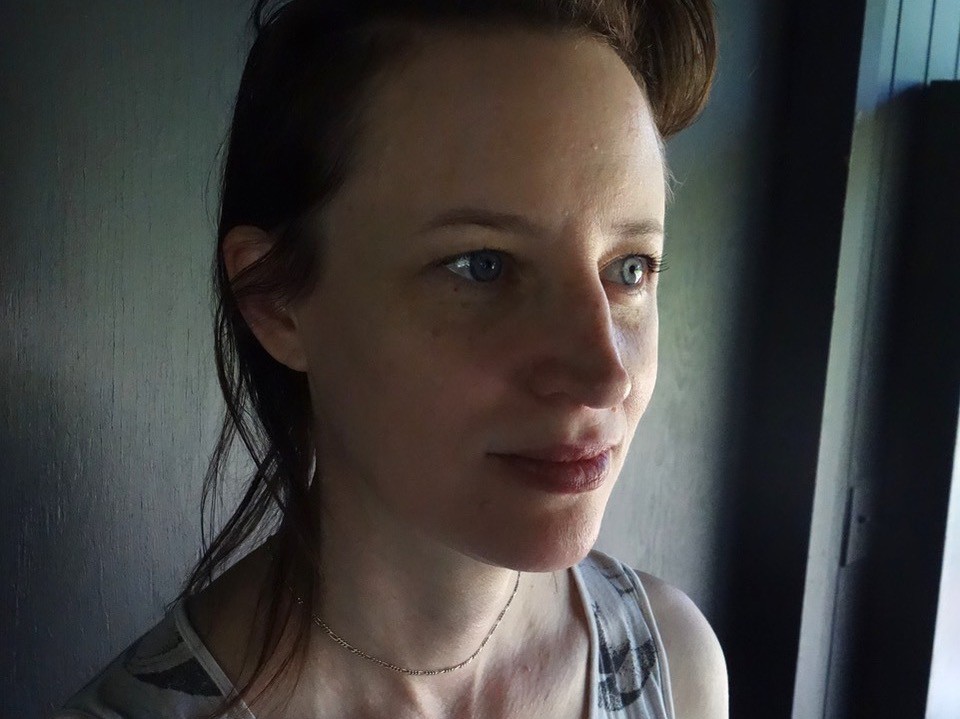Rosenfeld double bill provides mixed groove at Time:Spans

Generalities are unfair but they have their uses. Of the major new music series in New York City—Prototype Festival, MATA, and Time:Spans—the last is the most hardcore.
Supported by the Earle Brown Music Foundation Charitable Trust, Time:Spans follows in the tradition of that great avant-garde American composer by focusing on music that sits at the point where high modernism meets experimentalism. And though this year’s edition features the finest new music musicians, the emphasis is strongly on showing less how people play than on how composers think.
This year’s festival is especially extensive, running over two weeks and incorporating a sound walk and a performance installation. That will be presented by the exceptional Italian pianist Marino Formenti, who made his first appearance Tuesday night, when he and the ensemble Yarn/Wire played music by Marina Rosenfeld in the DiMenna Center’s Cary Hall.
The Trust commissioned the two pieces on the program, Deathstar Reduction and My Body. The latter was heard in its world premiere, while the former had the first performance in its full version.
Deathstar Reduction has nothing at all to do with blowing up anything in Star Wars—“deathstar” was the nickname given to a microphone system Bell Labs was working on in the 1990s. Descriptions of the system are frustratingly vague, but piecing together engineering language and Rosenfeld’s fashionable academese, the goal was to use an array of microphones to capture the physical sensations of sound in any given space. There’s no indication of any thought going into how to also record that sensation and play it back, and Deathstar Reduction is, in a way, an attempt at that.
The piece began as a gallery installation, where Rosenfeld created her own miking system along the lines of the deathstar. She used it to both record and play back site-specific sound (field recordings essentially), and the installation became a composition when she transcribed the audio into notation. Formenti realized the first performance, Rosenfeld then orchestrated the work, and now has made this chamber version.
Deathstar Reduction was a kind of Music for Airports in reverse—not music meant to create the illusion of place but a place recreated through music. Even with audio from the original installation recording, this was the imaginary place and time of ambient music, and was frequently beautiful. Like ambient music, the listening experience depended on the quality of timbre, and because Rosenfeld seemed to be trying to translate sonic features captured by the original recording, this varied.
Processed metallic sounds, including bowed piano strings, mixed uneasily with harsh, brittle timbres. The piece hinged on resonance, and without that the sound and reactions were flat. One passage, an extended piano solo played by Formenti, stood out from that whole as first incongruent then remarkable and serendipitous; it had the dissonance and controlled chaos of an Ives sonata, and Formenti played with dazzling exuberance.
My Body was also built on a physical object, the once ubiquitous and now achingly hip LP. Rosenfeld, who performed with Yarn/Wire, calls these “dub plates,” though in practice that had nothing to do with either the spacey sound of dub reggae or plate reverb. The LPs, which she and members of the group manipulated on turntables, had bits of what often turned out to be vocalized syllables from some of her previous works recorded on them—at various speeds they sounded percussive, electronic, or were clear phonemes.
The other half of Rosenfeld’s objects was their use in performance and as the foundation in My Body, which she described as “structured around the aesthetics of ‘turn-tablism’ and musical collectivism.” Her language indicated a tortured, academic rethinking of an existing practice—the hip hop and improvisational turntablism of the X-Ecutioners, Kid Koala, and Christian Marclay—in which that idea is removed from the action, turned into a theory, and then presented as a demonstration. That impressed one as the source of the rigidity and inhumanity in the piece.
Where Deathstar Reduction was anchored in the world of human experience, My Body had the performers working like automatons, stuck in strict patterns of rhythm and duration. While there appeared to be some freedom available through the turntables, that was limited to a dry reiteration of a paucity of sounds. The piece also had a compositional flaw; there were breaks in which the performers rearranged themselves at different percussion stations, and this interrupted whatever flow and atmosphere had developed.
More chaotic than the first piece, My Body also felt more autocratic. The aleatory of Deathstar Reduction made for happenstances that the listener could form into their own logic, while the discontinuity of My Body was purposeless, not used as a tool to create a larger form, or random enough to fascinate.
Time:Spans continues through August 28. Nikel plays music by Enno Poppe, Mark Barden, Chaya Czernowin, Oliver Thurley, and Stefan Prins, Tuesday, 8 p.m. at the DiMenna Center. Marino Formenti’s NOWHERE begins August 14, 10 a.m., at the Goethe-Institut New York Library. timespans.org







